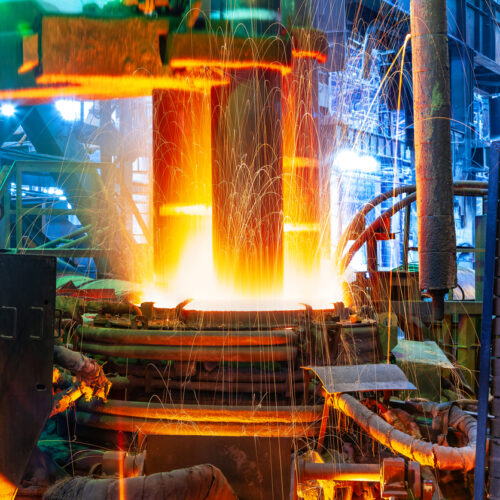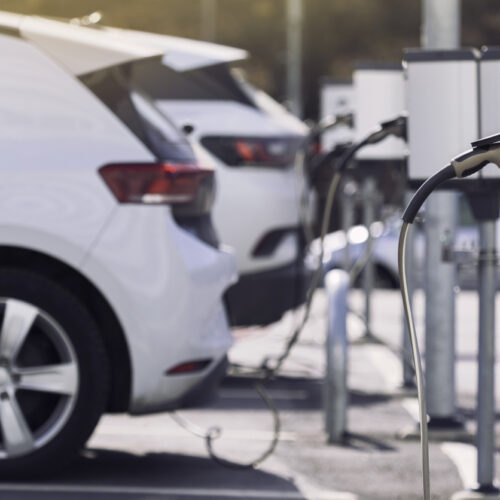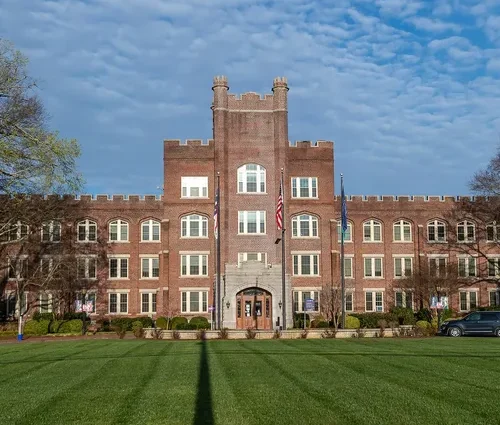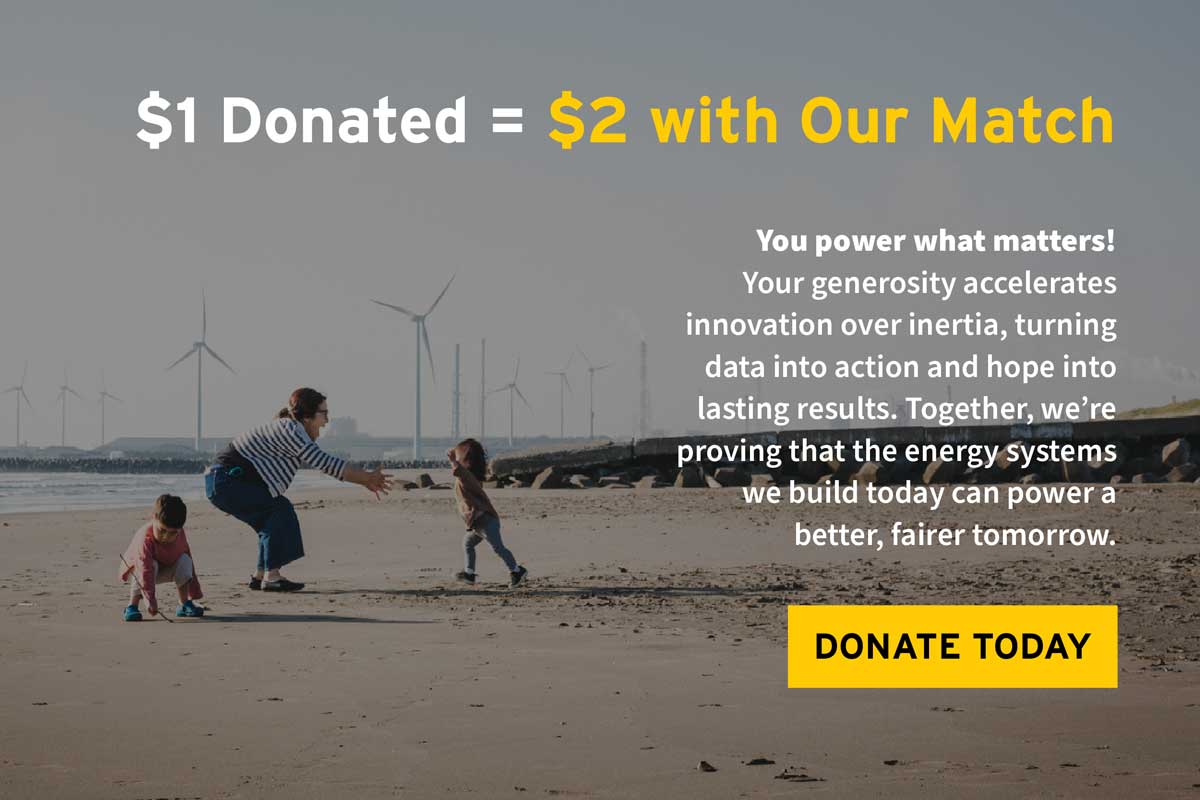Transportation
2025
| Article
The holiday shopping season is upon us. Across the United States, people are racing to secure gifts for their loved ones (and perhaps finding a few items for themselves). For deliveries Santa won’t be making himself, the trucking industry is stepping in to help.
Industry
2025
| Article
Fully decarbonizing the steel industry will require massive investment in new, near-zero emission (NZE) technologies in both iron- and steelmaking. To unlock the financing for these capital-intensive projects, project developers must be able to demonstrate…
Strategic Insights
2025
| Article
A new report from the UK-based nonprofit organization Centre for Net Zero, to which RMI contributed, considers the next phase of the global electric vehicle (EV) transition: mass adoption. This phase…
Africa
2025
| Article
From renewable energy overtaking coal to breakthroughs in green steel, virtual power plants, affordable solar in Africa, and tools that pinpoint methane super-emitters, 2025 delivered major clean energy milestones. Explore RMI's top 10 wins shaping…
Buildings
2025
| Article
How a small liberal arts college in North Carolina is investing in clean energy, offering a blueprint for other institutions to follow.
Transportation
2025
| Brief
Fleet load shifting can unlock grid capacity for thousands of electric trucks in Northern California alone without triggering grid upgrades.
China
2025
| Report
This report evaluates unifying standards and value realization in low-carbon steel procurement, with automotive as a representative downstream sector.
Africa
2025
| 101
The what, why, how, and where of solar powered minigrids and battery storage to keep the lights on and people safe…
Climate Finance
2025
| Report
The power sector in Southeast Asia (SEA) is central to the region’s economic development and decarbonization pathway. Accounting for 65 percent of the emissions reductions needed to meet national commitments, the sector presents both substantial…
Industry
2025
| Insight Brief
How data-driven methodologies and stakeholder collaboration can help shape future corporate aviation emissions management…











